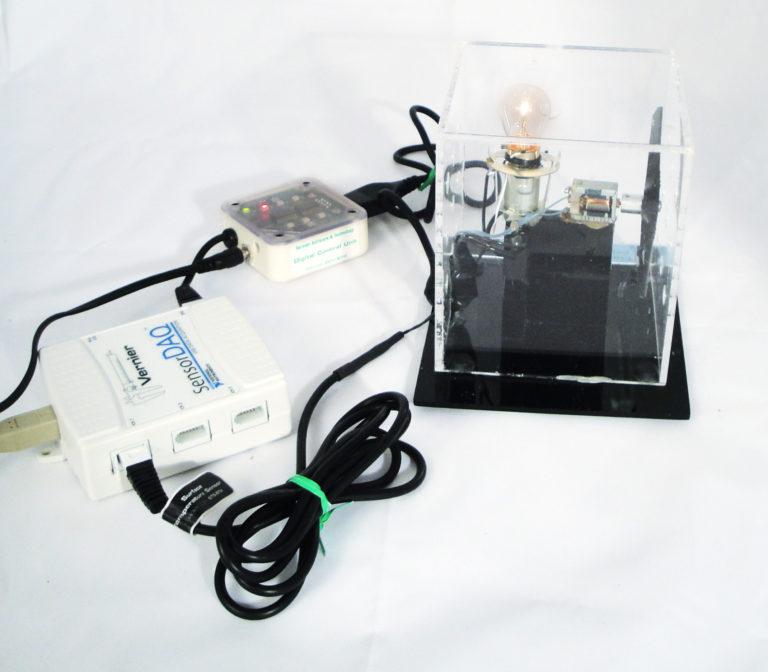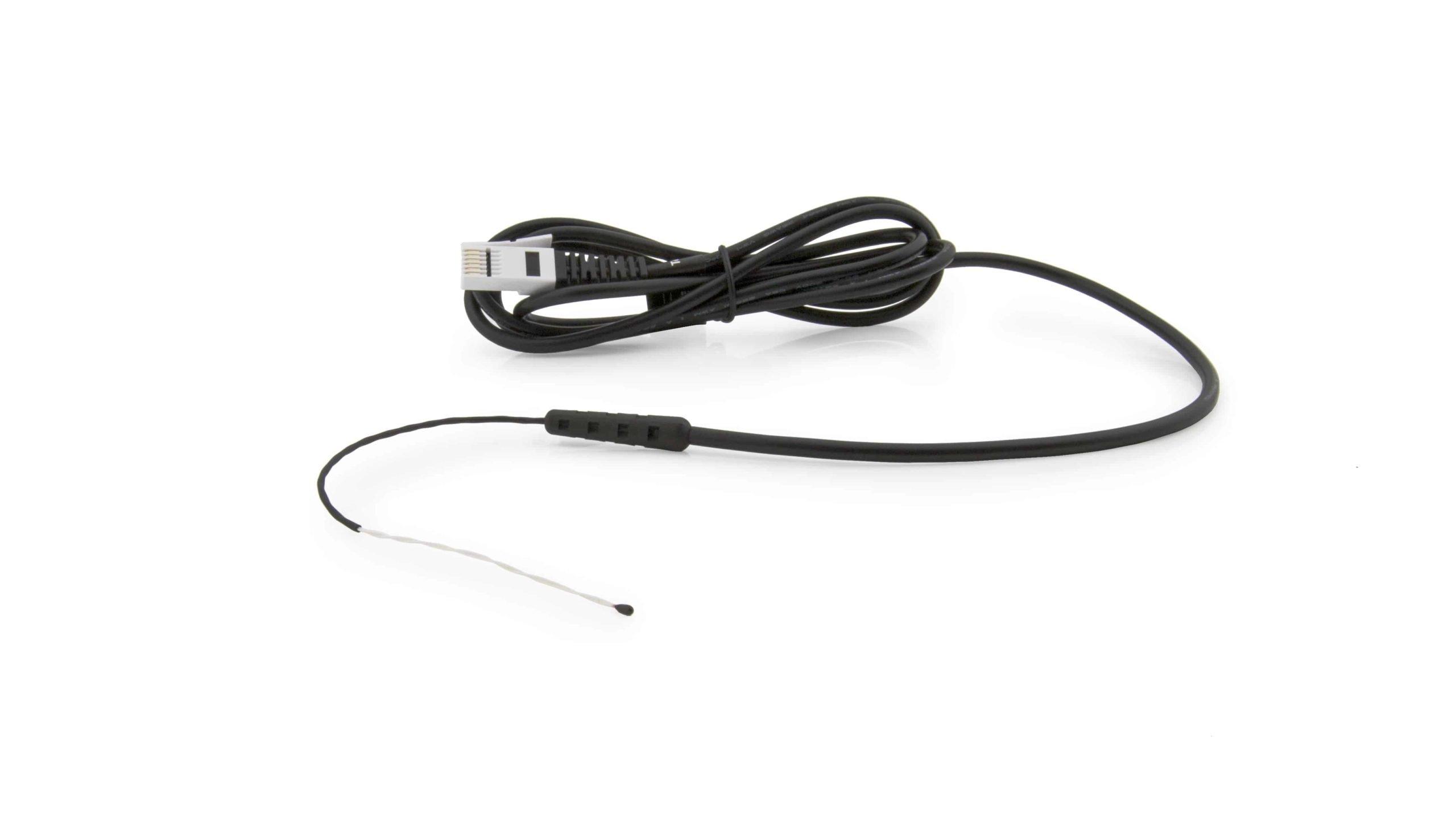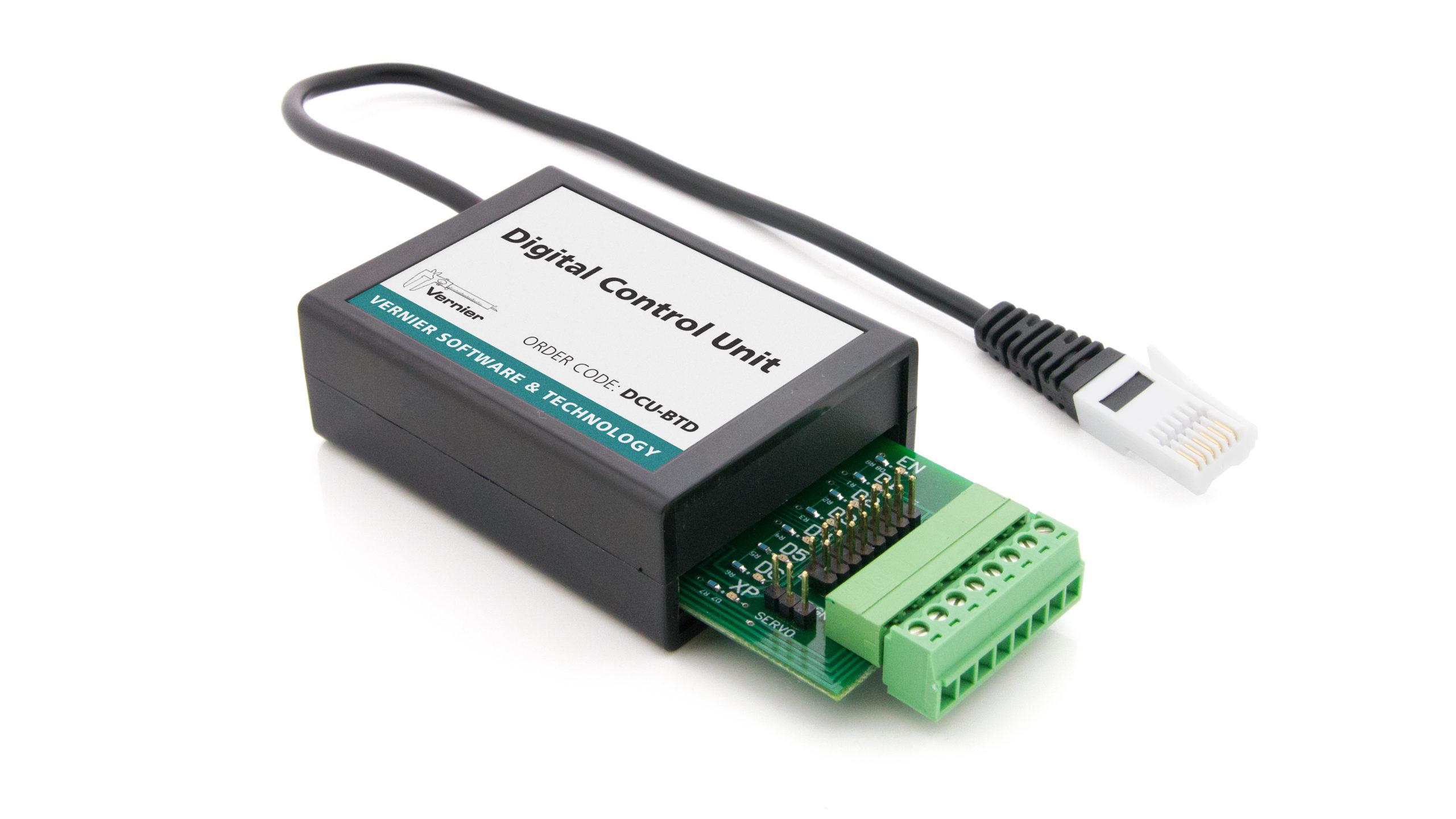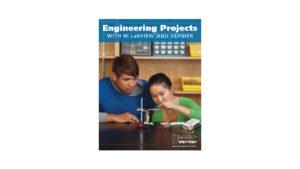Digital Control Systems
Experiment #2 from Engineering Projects with NI LabVIEW and Vernier
- Subject
- Engineering

Introduction
A digital control system provides real-time control of a dynamic system. “Smart” systems usually incorporate one or more sensors to provide feedback on the current state of the system and direction for the next action. One situation that lends itself well to a digital control system is indoor air temperature. Air temperature can be controlled either actively or passively through heating, ventilation, and air conditioning (HVAC) methods. Greenhouses, food production chambers, libraries, etc all require a climate-controlled environment to ensure comfort, safety, and performance. Good HVAC systems provide thermal comfort, acceptable air quality, and reasonable operating and maintenance costs. Simple on-off control systems are an inexpensive option, but they tend to shorten the life of the equipment due to excessive activation of control valves when only a single set point is used. A more practical, long-term alternative is to provide a small amount of hysteresis, or a deadband region, around the set point in which no change to the current action occurs. The width of this deadband can be adjusted to save wear and tear on parts without compromising the overall integrity of the system.
Objectives
Write a LabVIEW program that monitors a Vernier Surface Temperature Sensor and activates line D1 of a Vernier Digital Control Unit (DCU) when the sensor reading exceeds a user-defined temperature limit. Your program should display the temperature reading in a digital display, with appropriate units, on the front panel.
Sensors and Equipment
This experiment features the following sensors and equipment. Additional equipment may be required.
Ready to Experiment?
Ask an Expert
Get answers to your questions about how to teach this experiment with our support team.
- Call toll-free: 888-837-6437
- Chat with Us
- Email support@vernier.com
Purchase the Lab Book
This experiment is #2 of Engineering Projects with NI LabVIEW and Vernier. The experiment in the book includes student instructions as well as instructor information for set up, helpful hints, and sample graphs and data.



